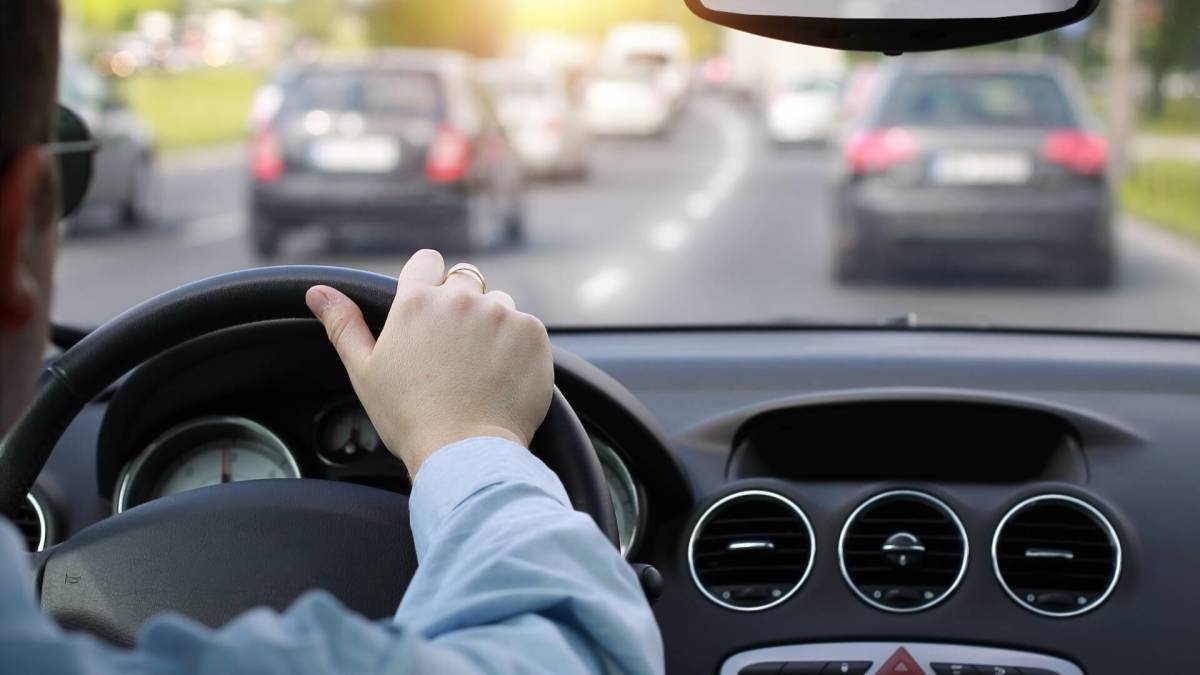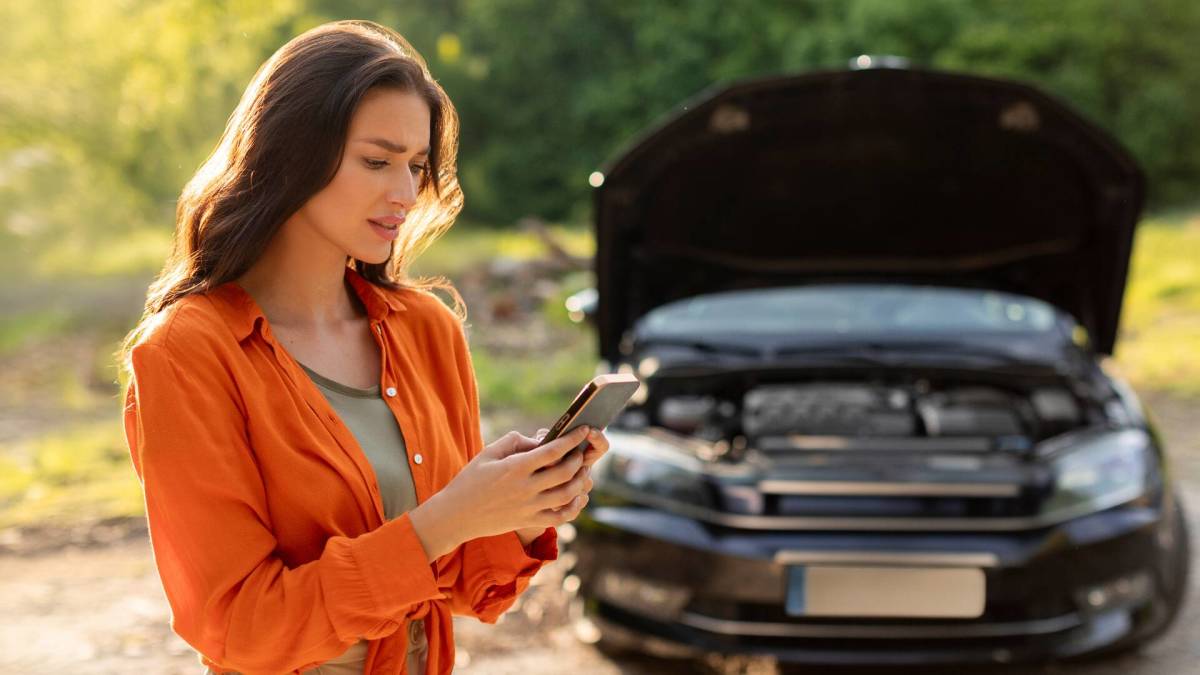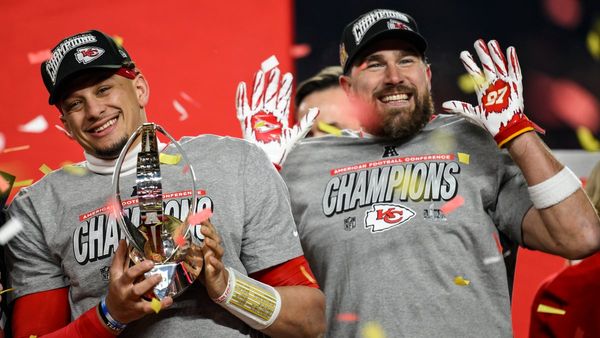
TheStreet aims to feature only the best products and services. If you buy something via one of our links, we may earn a commission.
When buying a newer vehicle, one form of coverage that can be crucial is guaranteed asset protection, or “gap” insurance. It covers the shortfall between your car's fair market value and what you owe on your loan or lease if the vehicle is totaled in an accident or stolen. Without it, you could be on the hook for the price difference yourself.
Gap insurance is a relatively inexpensive form of coverage. According to the Insurance Information Institute, a trade group, it’s usually just $20 per year when added to an existing auto insurance policy. Many (although not all) insurers offer it as an option. Some financial and lending institutions and car dealers also sell gap policies.
Pro tip
Scott Kunes, chief operating officer of Wisconsin-based Kunes Auto Group, recommends this guideline when deciding whether to get coverage:
"A rule of thumb is to consider gap insurance if you're putting down less than 20% to 30% – regardless of your credit score or interest rate," he says.
Unlike liability coverage, which pays for the damages you cause to others in an at-fault accident, gap insurance isn’t required by law. But if you’ve financed or leased your automobile, you may be required by your financing agency to buy gap insurance. Even if you own your vehicle outright, gap insurance could be a good idea if you own a luxury, sports or hard-to-replace model.
How does gap insurance work?
When you buy a new car, you may take out a loan to finance the cost. Over time, the car's value may depreciate faster than you pay down the loan, so you may owe more than the car's fair market or actual cash value.
As long as the car is in good shape and you can afford the payments, that's usually not a problem. However, it can become a serious issue if you're in an accident and the insurance company declares your vehicle a total loss.
DON'T MISS: Important car insurance facts you need to know
- Best car insurance companies in 2024
- What is personal injury protection (PIP) car insurance and why should you have it?
- Lapse in coverage: Penalties by state and how much insurance goes up
For example, let's say you take out a $30,000 car loan with a 72-month term to purchase a vehicle. You've paid the loan balance to $25,830 one year later. However, your car's fair market value is $24,000. If you're in a severe accident and the car is totaled, your insurance company would only reimburse your lender for the car's current value ($24,000) minus your deductible, which is $500. You would owe the balance of $1,830 to your lender even though you no longer have the vehicle, plus $500 to your insurer for the deductible.
A gap policy would cover the difference between the car's value and what you owe on the loan, eliminating out-of-pocket losses.
DON'T MISS: More from TheStreet on car insurance
- Car insurance companies quietly use these apps to hike your rates
- 10 major ways to maximize your savings on car insurance
- Auto insurance companies have found a sneaky way to increase prices
Gap insurance applies only if your car is totaled in an accident or has been stolen. It does not apply to things like insurance deductibles, damage you may cause to another person’s property, injuries you are responsible for, or after-market upgrades you’ve made to your vehicle, such as a car stereo or new rims.

Shutterstock
Who needs gap insurance?
Gap insurance is usually optional, but it can be a wise choice in the following scenarios:
- You had a small down payment: If you put down less than 20% when you purchased your car, you are more likely to be underwater on your car loan. If your car is stolen or totaled, you could owe a substantial amount on the car loan.
- You have an extended loan term: Loan terms can be as long as 96 months. Although a longer term can be appealing because it gives you a smaller monthly payment, paying the principal will take much longer. As your car depreciates, you may find that the gap between its value and your loan balance grows over time.
- You're leasing a vehicle: With leased vehicles, lenders usually require drivers to have gap coverage as part of their contracts.
- You're buying a car that depreciates quickly: Some vehicles, especially luxury or sports models, depreciate faster than others. This could mean a gulf between what you owe your lender and the vehicle’s book value should the automobile be totaled in a wreck.
Related: Veteran fund manager sees world of pain coming for stocks







